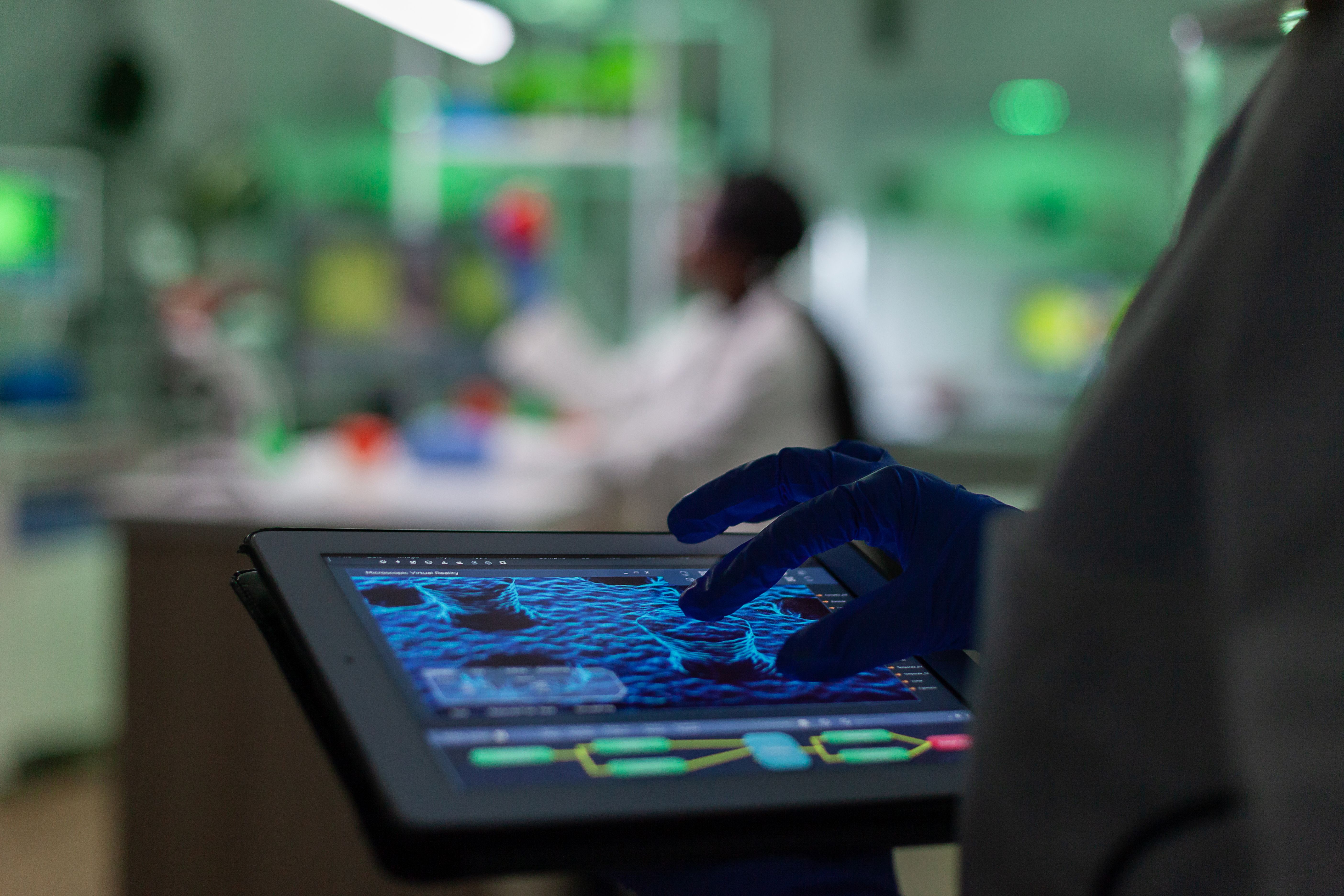Enhancing Medical Device Security with Real-Time Software Solutions
In this digital age, where patient data is as vital as the devices themselves, real-time software solutions have emerged as crucial guardians of medical device security. These solutions offer a proactive approach to protecting both patient safety and sensitive medical data. As we delve into this topic, we'll explore how real-time software solutions are not just enhancing medical device security but are becoming indispensable in the fight against cyber threats in healthcare.
 The proliferation of Internet of Things (IoT) devices in healthcare has revolutionized patient care, offering unprecedented monitoring and treatment capabilities. However, this connectivity comes with a price: increased vulnerability to cyber threats. In 2024, a staggering 725 large security breaches in healthcare were reported to the Department of Health and Human Services (HHS) Office for Civil Rights (OCR), setting an unwanted record.
The proliferation of Internet of Things (IoT) devices in healthcare has revolutionized patient care, offering unprecedented monitoring and treatment capabilities. However, this connectivity comes with a price: increased vulnerability to cyber threats. In 2024, a staggering 725 large security breaches in healthcare were reported to the Department of Health and Human Services (HHS) Office for Civil Rights (OCR), setting an unwanted record.
In this digital age, where patient data is as vital as the devices themselves, real-time software solutions have emerged as crucial guardians of medical device security. These solutions offer a proactive approach to protecting both patient safety and sensitive medical data. As we delve into this topic, we'll explore how real-time software solutions are not just enhancing medical device security but are becoming indispensable in the fight against cyber threats in healthcare.
The Current Landscape of Medical Device Security
The healthcare sector has witnessed a dramatic increase in connected medical devices over the past decade. From smart infusion pumps to wireless pacemakers, these devices have improved patient care but have also expanded the attack surface for cybercriminals.
Common vulnerabilities in medical devices include:
- Outdated operating systems
- Weak authentication mechanisms
- Unencrypted data transmission
- Lack of regular security updates
Recent incidents have highlighted the severity of these vulnerabilities. In 2023, a ransomware attack on Change Healthcare compromised the privacy of 100 million Americans, showcasing the far-reaching impact of cybersecurity breaches in healthcare.
The regulatory framework has evolved in response to these threats. The FDA has issued guidelines for medical device cybersecurity, emphasizing the need for security measures throughout a device's lifecycle. HIPAA requirements also play a crucial role in protecting patient data, mandating strict security protocols for all electronic protected health information (ePHI).
Understanding Real-Time Software Solutions
Real-time software solutions for medical device security refer to systems that continuously monitor, detect, and respond to potential threats as they occur. Unlike traditional security measures that may rely on periodic scans or updates, real-time solutions offer immediate protection.
Key features of real-time software solutions include:
- Continuous monitoring of device behavior and network traffic
- Instant threat detection using advanced algorithms and AI
- Automated response mechanisms to isolate or mitigate threats
The benefits of real-time monitoring in medical contexts are significant:
- Immediate detection of anomalies that could indicate a security breach
- Reduced response time to potential threats, minimizing damage
- Continuous protection, even as new vulnerabilities emerge
- Enhanced compliance with regulatory requirements
However, implementing real-time solutions for medical devices comes with challenges:
- Ensuring minimal impact on device performance
- Dealing with the diverse ecosystem of medical devices
- Managing the volume of data generated by continuous monitoring
- Balancing security with usability for healthcare professionals
Key Components of Effective Real-Time Security Solutions
Continuous Monitoring and Threat Detection
Real-time security solutions employ advanced algorithms to monitor device behavior, network traffic, and user interactions continuously. Machine learning models can identify patterns that deviate from normal operations, flagging potential threats instantly.
Automated Response Mechanisms
When a threat is detected, automated responses can be triggered to:
- Isolate affected devices from the network
- Apply security patches
- Alert security teams for manual intervention
Secure Communication Protocols
Implementing encrypted communication channels ensures that data transmitted between medical devices and central systems remains confidential and tamper-proof.
Data Encryption and Access Control
Strong encryption for data at rest and in transit, coupled with robust access control measures, helps prevent unauthorized access to sensitive patient information.
Regular Updates and Patch Management
Real-time solutions can facilitate the seamless deployment of security updates and patches, ensuring that devices are protected against the latest known vulnerabilities.
Future Trends and Innovations
AI and Machine Learning in Medical Device Security
Advanced AI algorithms are being developed to predict and prevent cyber threats before they occur, offering an even more proactive approach to security.
Blockchain for Secure Medical Data Management
Blockchain technology is being explored as a means to ensure the integrity and traceability of medical device data and patient records.
The Role of 5G in Enhancing Real-Time Security Capabilities
The rollout of 5G networks promises to enhance the capabilities of real-time security solutions, offering faster response times and supporting more connected devices.
Conclusion
As we've explored, real-time software solutions are not just enhancing medical device security – they're becoming an essential component of modern healthcare cybersecurity strategies. With cyber threats evolving rapidly and the stakes in healthcare higher than ever, the ability to detect and respond to threats in real-time is crucial.
The landscape of medical device security is complex and ever-changing, but with the right tools and strategies, healthcare organizations can stay ahead of the curve. Real-time solutions offer a powerful defense against cyber threats, ensuring the safety of patients and the integrity of healthcare systems.